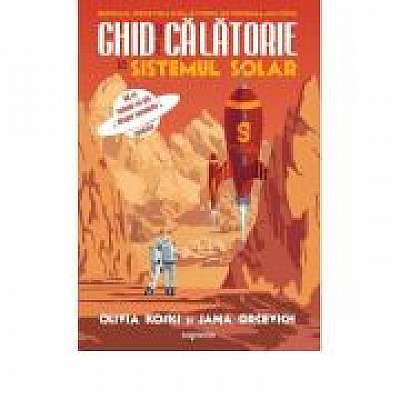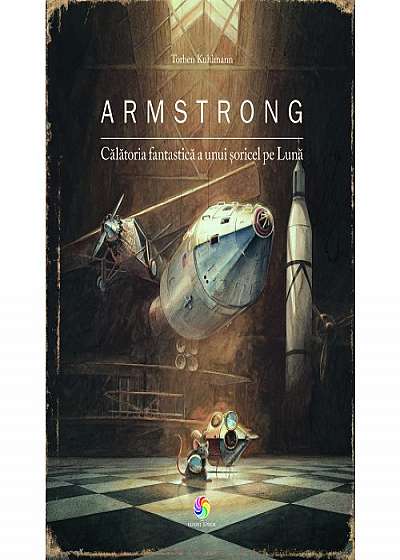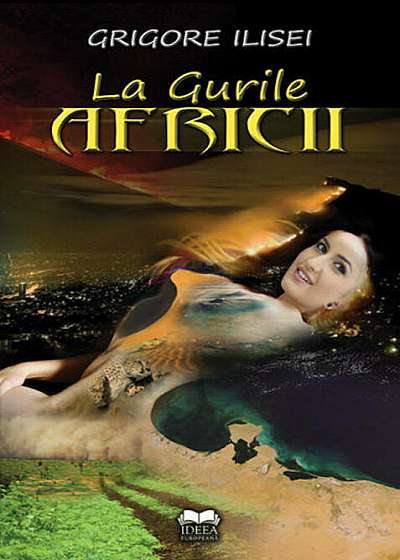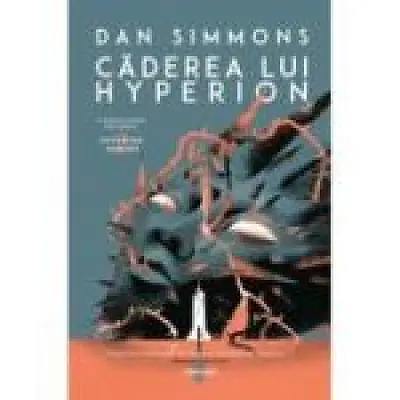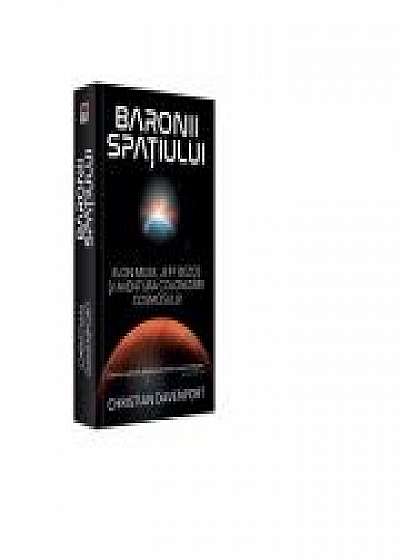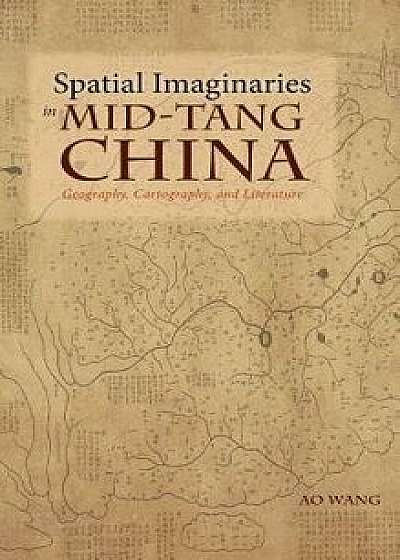
Spatial Imaginaries in Mid-Tang China: Geography, Cartography, and Literature, Hardcover/Ao Wang
Descriere
Description This book is in the Cambria Sinophone World Series, headed by Victor Mair (University of Pennsylvania).This book explores a new and innovative topic--the relationship between geographical advancements in the Mid-Tang period (790s to 820s) and spatial imaginaries in contemporaneous literature. Historically and politically, the Mid-Tang period is generally considered to be a period of imperial reconstruction following the chaos of the An Lushan Rebellion (755-763), a rebellion that had a profound impact not only on the Tang empire but also on all of Chinese history. On the one hand, this era witnessed a heightened geographical awareness and a rapid development and accumulation of geographical knowledge, as was manifested in the governmental production of local map-guides and the invention of some monumental world maps. On the other hand, Mid-Tang literature represents one of the peaks of traditional Chinese literature and is known for its diversity of genres and innovative and imaginative engagement with space. For the first time in Tang scholarship, this study identifies the epistemological and aesthetic interplay between geography and literature in medieval China and investigates how this thus-far neglected interplay shaped the Mid-Tang literary imagination. This interdisciplinary investigation uncovers a rich cultural history of human exploration of the world on both fronts and provides a fresh reading of some of the most famous works of Tang literature, for example Li He's poetry and Liu Zongyuan's landscape essays. This study reveals some unique phenomena in genre development and individual creation in Mid-Tang literature and deepens our understanding of the inner workings and internal drive of traditional Chinese literature in general. This book expands and deepens the exploration of the interactions between literature and geography. Literary geography has been an active interdisciplinary field ever since the 1970s. In the early years as the field was t
